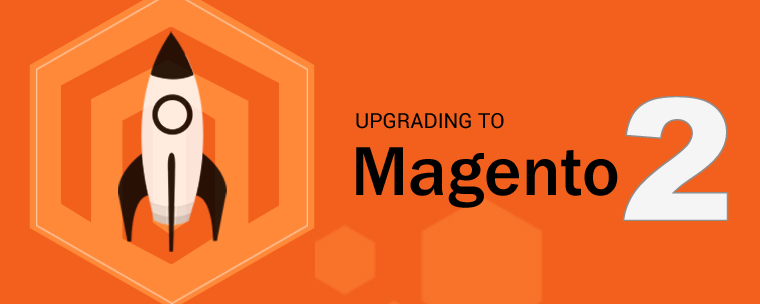Things to know before Magento 2 Upgradation
By November 2018, Magento 1.X stores will no longer receive the security updates essential for keeping their sites safe, and you’ll need to transition your store to either Magento 2, or a different platform. This means Magento will cease support for eCommerce merchants using its version 1.x platforms.
How Quickly Can I migrate from Magento 1 to Magento 2?
Not very quickly. As mentioned above, even the most basic of Magento sites would take some time and development work to transition. This means you’ll need to start thinking about your course of action now.
Exactly how long your upgrade will take depends on the complexity of your store, the extensions you are using and the skill of your developer. Before taking a decision you need to check thoroughly that extensions you are using have an upgrade available or not. If your website depends on tons of extensions or those not supported by Magento 2.0, the upgrade cost and complexity can significantly increase. You’ll also need to ensure that the transition doesn’t impact on your site’s SEO. A sudden drop because of a poorly executed transition might cut your traffic and conversion.
Now, there are 3 different cases from what I’ve came across working with Magento clients:
- First, there are the ones who will migrate from M1 to M2. The migration process will get smoother over time as more and more people will do it and understand the in depth mechanism of it.
- Second, there’s the ones who will not migrate to M2 anytime soon but will wait till November 2018 and watch the trends in market; after November 2018 use the money they saved by not doing the migration to hire a part/full time security consultant.
- Finally, there’s the ones who will not do anything for several reasons: first they can’t afford either the migration or the security consultant, Second reason being “they’re not aware of M1 End of life and haven’t done patches/upgrades ever”
Magento 2 is way more than a V2 of Magento 1. It’s totally different software even though it originally was a port of M1. After a several years of development, Magento 2 shows an impressive advancement in the e-commerce field by bringing some key features and making more efficient resource use of the current generation of Servers.
These improvements will leave behind any other platform with so vast features and scalability.
- Increased Speed –The full page caching provides an immense boost in loading speed on sequential page visits while the optimized code makes Magento 2 25% faster right after installation compared to version 1.9. Of all the improvements in Magento 2.0, the addition of Varnish is probably one of the most important in terms of driving shopper satisfaction. Varnish makes the difference between a page loading in less than a second versus waiting several seconds for it to render.
- Plentiful APIs – Because Magento 1 had limited APIs, you probably relied on a lot of custom development. Luckily that’s a thing of the past with Magento 2.0. Integrations are much simpler in Magento 2.0, since virtually everything can now be updated with an API.
- Increased Security – The strengthened hashing algorithms (SHA-256) help in password management while the X-Frame-Options HTTP request header provides protection against click jacking attacks. There are also new settings regarding mode switching (developer/production) that restrict permissions on application files.
- Improved Scaling Potential – Database separation allows for dedicated databases servicing specific store features thus increasing the potential load the platform can take. On another note, the overall Scalability of the Catalog has been improved by more than 1800%
- Simpler and Faster Checkout Process – During some tests, we managed to checkout from Magento 2 via a credit card in around 40 seconds from start to finish plus the loading times which is extremely fast. This was possible due to a few tweaks in the form fields and the removal of the credit card type menu which is obsolete nowadays. Making the checkout process seamless is a great improvement that will surely increase the usage of the application.
You’re now ready for Magento 2.0!
Now that you know some basics of upgrading from Magento 1 to Magento 2.0, it’s time to start planning your upgrade timeline.

